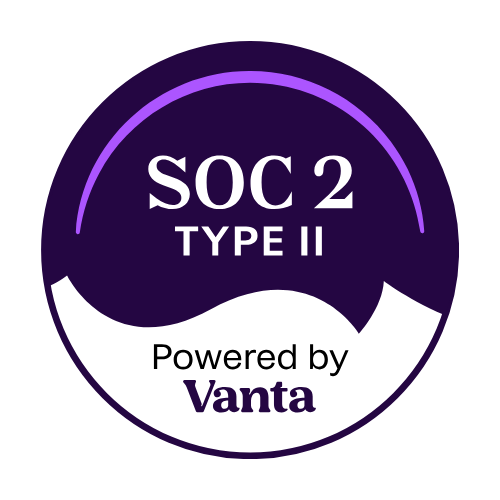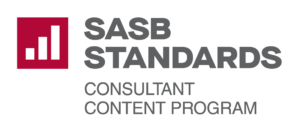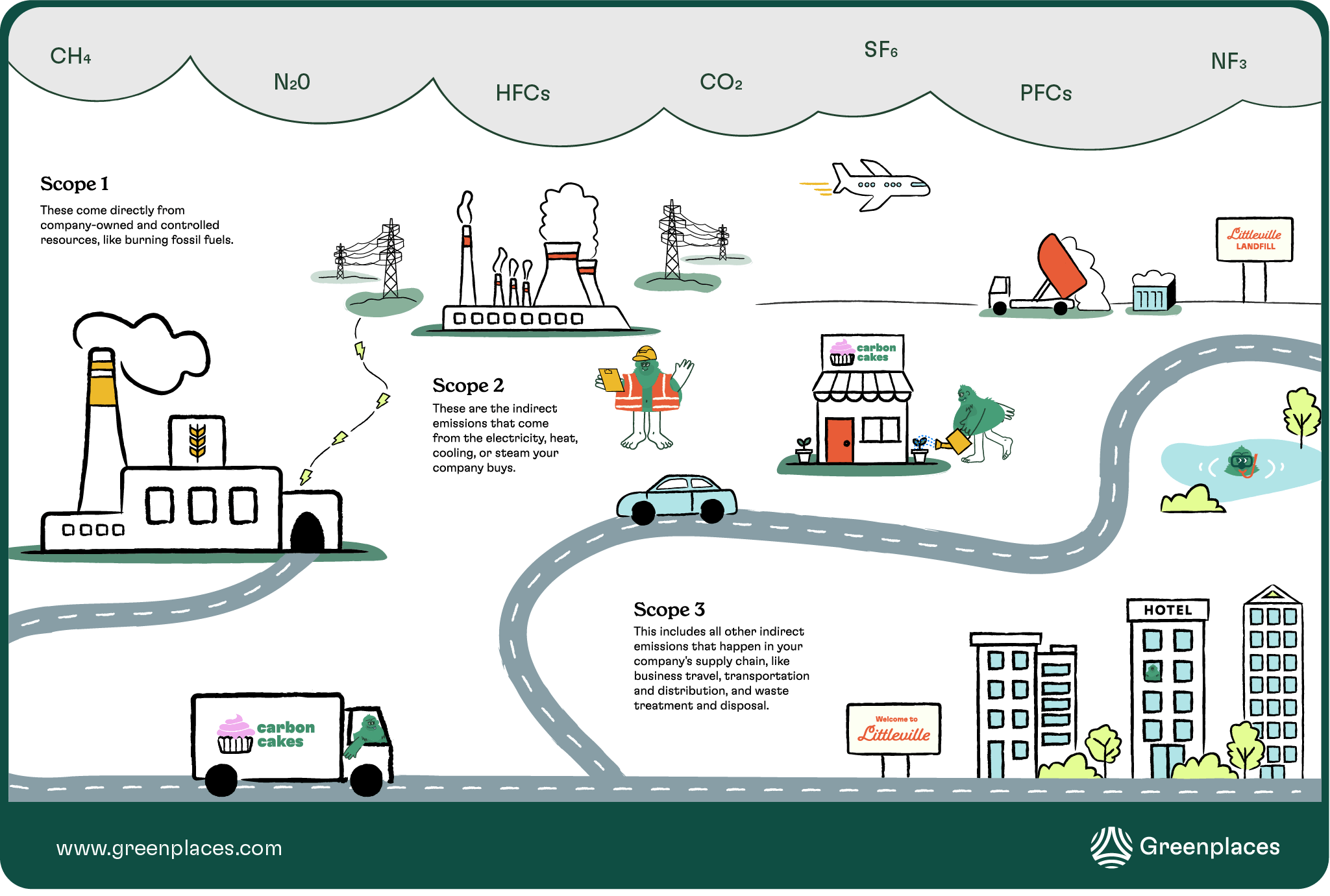
We get it—most of us aren’t climate scientists or environmental lawyers who understand the nuances of carbon accounting or measuring your greenhouse gas (GHG) emissions. But here’s the thing: understanding your emissions is the foundation for building a solid sustainability strategy.
In this post, we’ll break down the three main categories of emissions—Scopes 1, 2, and 3—in simple terms. By the end, you’ll have a solid grasp of what each scope means and how to start measuring and managing your emissions.
Scope 1: Direct emissions
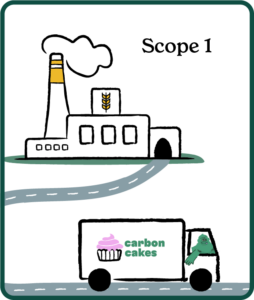
↪️ In a nutshell: Think of Scope 1 emissions as the ones that come directly from company-owned and controlled resources.
These may include:
If you’re a software or services company, you likely won’t have much to report in Scope 1. But if, for example, you’re a manufacturer or hold sizable real estate, figuring out where these Scope 1 emissions come from is crucial for developing a targeted reduction strategy.
Some ways to reduce Scope 1 emissions include using energy more efficiently, switching to cleaner fuels, and fixing leaky equipment—but a truly impactful approach requires a holistic understanding of your emissions across all scopes.
Scope 2: Indirect emissions from purchased energy

↪️ In a nutshell: Scope 2 emissions are the indirect emissions that come from the electricity, heat, cooling, or steam your company buys.
These emissions occur when the power plant or utility provider generates the energy and can be broken down by the type of energy used:
To reduce your Scope 2 emissions, you’ll need to work closely with your energy suppliers and providers. Some effective strategies include using energy more efficiently, switching to renewable energy sources, and encouraging your energy providers to adopt cleaner power generation methods.
At Greenplaces, we help our clients identify the most impactful opportunities for reducing Scope 2 emissions based on their unique energy mix and supplier relationships.
Scope 3: Indirect emissions in the value chain
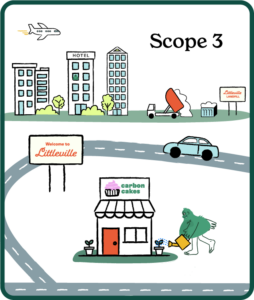
↪️ In a nutshell: Scope 3 is the biggest category and includes all the other indirect emissions that happen in your company’s supply chain. This means emissions that aren’t in Scope 2 but happen both upstream and downstream of your direct operations.
According to the GHG Protocol, Scope 3 has 15 subcategories, not all of which are relevant to every business:
Upstream Scope 3 emissions
These are all the emissions that happen before your direct operations, including:
Downstream Scope 3 emissions
These are all the emissions that happen after your direct operations.
Scope 3 emissions can represent up to 90% of a company’s total emissions, which is why an increasing number of organizations, like Microsoft, are requiring their suppliers to disclose and reduce their Scope 3 emissions as part of their procurement process.
Measuring Scope 3 can be complicated because you have to track down information from several sources in your value chain, but it offers the most comprehensive picture of your company’s carbon footprint and helps you find the best opportunities to reduce it.
Some ways to reduce Scope 3 emissions include getting your suppliers to be more sustainable, designing products with sustainability in mind, making transportation and logistics more efficient, and investing in low-carbon technologies and businesses.
At Greenplaces, we’re here to make sustainability easy and achievable for businesses of all sizes. Our platform gives you the tools and information you need to measure, manage, and talk about your sustainability efforts with confidence. For more detailed guidance and support, consider requesting a demo to kickstart your sustainability journey.







